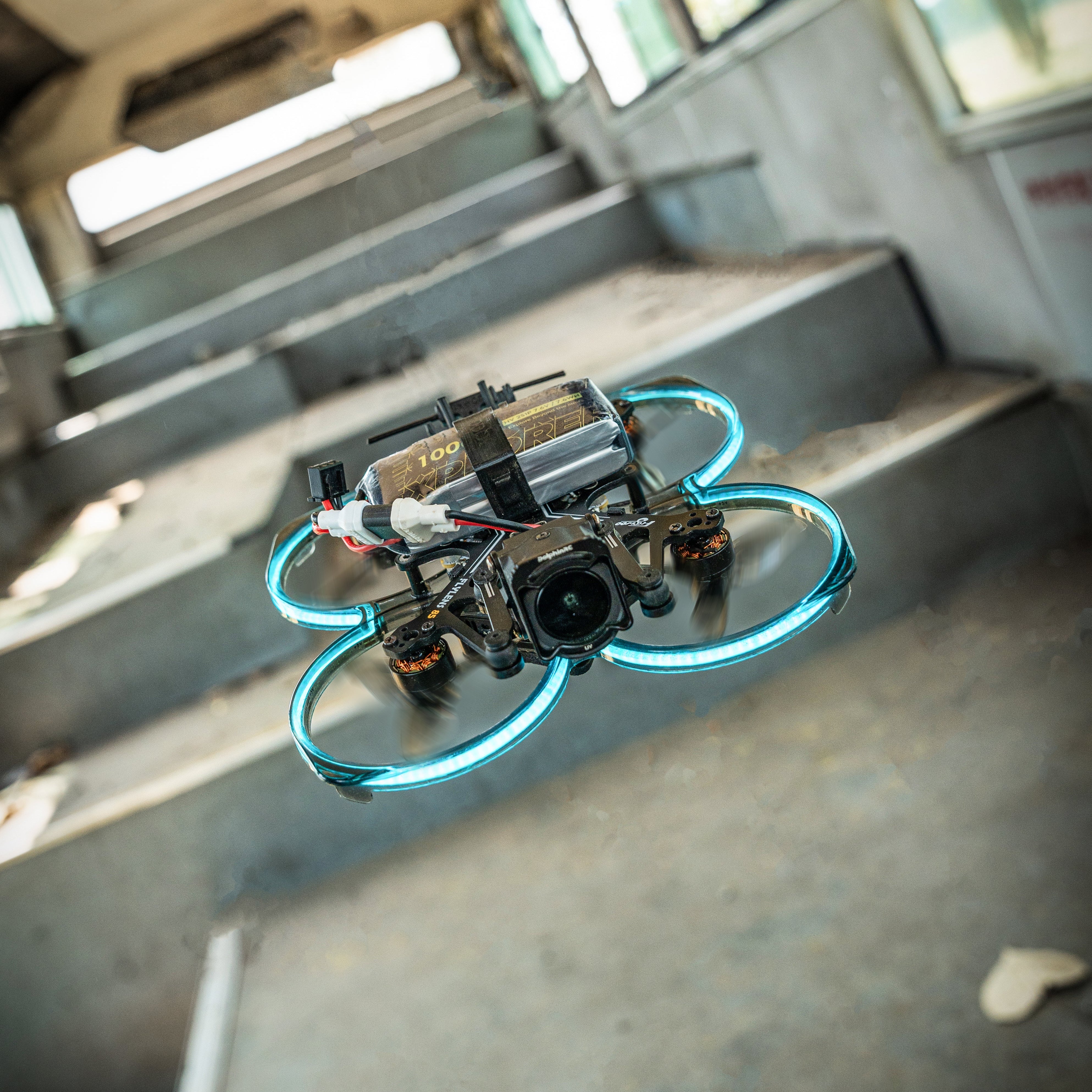The FPV ESC (Electronic Speed Controller) refers to the receiver of the remote control, which processes the direction and angle signals from the transmitter as current signals and inputs them to the ESC. The ESC provides power to the motor and indirectly controls the motor speed by changing the motor current. The ESC also provides power to the servos and controls the steering angle through a potentiometer signal. When choosing an ESC, it is important to consider the ampere rating, input voltage, and whether it has a BEC (Battery Elimination Circuit) optoelectronic.

1. Ampere Rating
The ESC has two rated currents: continuous current and instantaneous current. The continuous current rating indicates the maximum continuous current that the ESC can safely handle. Even at full throttle during a race, the ESC is usually designed to handle higher currents for a short period of time (e.g. 10 seconds), which is the "instantaneous" current rating.
The size and quality of the FETs determine the current (ampere rating) that can pass through the ESC. Most ESCs have a rated value of "30 amps" or "25 amps," which usually represents the continuous current that the ESC can handle. For a short period of time (usually less than 10 seconds), the ESC can handle more current. ESCs labeled with "30A" can usually produce 40A instantaneous current. When purchasing an ESC, the ampere rating is an important consideration. It is better to get an ESC with a larger current or higher cost than one that may be damaged by excessive current. Large motors, propellers, and propeller pitch require more current. For most pilots using a 4-cell battery (4S), a 30A ESC is sufficient. For more drone battery-related knowledge, you can check out other articles by the author, Ovonic.
2. Input Voltage
Some ESCs may support input voltages up to 6S, while others may only support 4S. Make sure they are compatible with the lithium battery voltage you plan to use. Powering the ESC with a voltage that is too high can burn them out and even damage the motor.

3. BEC Optoelectronic ESC
Some ESCs have built-in BECs (Battery Elimination Circuits) that can output 5V (which can be used to power flight controllers, RXs, and other components). Products without built-in BECs are usually marketed and labeled as "optoelectronic" ESCs. Although this claim is made, optocouplers can actually be used. It essentially separates the high-voltage circuit from the low-voltage circuit and prevents rapidly changing voltages from damaging electronic equipment or interfering with signals from the FC.
ESCs without BECs have the advantages of being lighter in weight, smaller in size, and quieter (because the motor control circuit is optically isolated from the radio receiver and flight controller). However, if there is no 5V BEC, the FC and RX will need a separate power source. (Note: ESCs without BECs do not have a "red" servo line, only signal and ground lines.) Three considerations for choosing an ESC include motor size, battery cell count, and propeller count.
In drone racing, almost all pilots use 5-inch high-pitched propellers. To make these high-pitched propellers spin at high RPMs, pilots generally choose motors with specifications of 2207kv and 2450kv, which can pull up to 40 amps. Choosing the right ESC is very important so that the FETs on the ESC are not damaged by current and do not cause accidents during the competition. Therefore, it is best to design a drone according to your specific needs and applications. Choosing an ESC for





Leave a comment